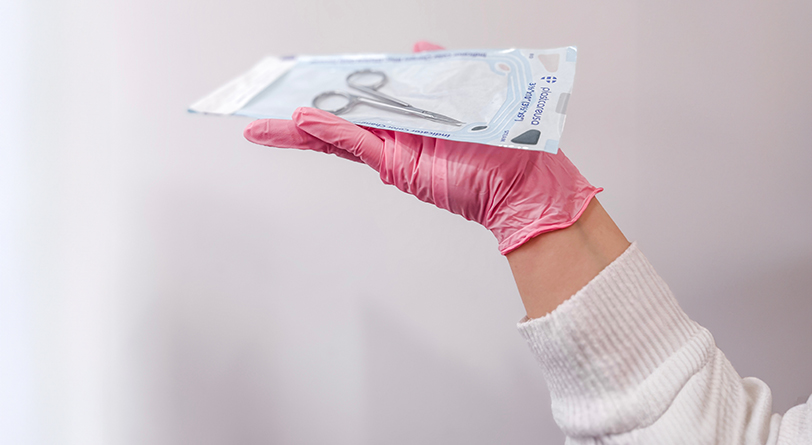SPMC® Offers 100 FAQS Addressing Technical Packaging Challenges

As the Flexible Packaging Association’s Sterilization Packaging Manufacturers Council (SPMC®) celebrates its 30th anniversary, its Technical Committee has quietly built a powerful online library of frequently asked questions. The FAQs, which now total 100, are a testament to the council’s mission and a valued industry resource accessed thousands of times annually.
Since its founding, SPMC® has focused on developing test methods and guidance documents for the sterilizable flexible packaging of medical devices and pharmaceuticals.
Besides its collaborative work with standards-setting organizations like ASTM International and the Association for the Advancement of Medical Instrumentation, SPMC®’s Technical Committee has worked steadily to address medical packaging’s most often seen packaging challenges. This information formed the foundation for the FAQs, which were launched online in 2003.
Marie Tkacik, director of product development and optimization at Beacon Converters, Inc., led the early effort to build the FAQs.
As the first and longest-serving chair of SPMC®’s Technical Committee, Tkacik worked with the committee to identify the most pressing questions and collaboratively developed the responses.
Early questions addressed how to conduct certain tests to determine the integrity of medical packaging, including “Bubble Emission Testing of Packages to Evaluate Package Integrity” and “Dye Testing of Packages to Evaluate Seal Integrity.” Others dealt with specific medical device packaging materials such as “Evaluating the Seal Integrity of a Tyvek®/Tyvek® Pouch” and the “Impact on Barrier of Pinholes in Foil Layer of a Lamination.”
In 2008, SPMC®’s Technical Committee added an astounding 31 new FAQs to help the industry understand the nuances of the globally recognized International Organization for Standardization 11607 standard. Since then, the committee has steadily been adding new FAQs, and it has been reviewing and updating content as needed.
“The answers we write for each FAQ are consensus-based, meaning every active member of SPMC®’s Technical Committee has to agree on the finished document,” Tkacik explains.
“As you can imagine, it can get quite granular when you’re synthesizing the expertise and experiences of seven or eight technical packaging experts. Even subtle differences in language can have an impact on the guidance.”
That’s why the committee takes painstaking measures to come to a consensus.
The Technical Committee’s attention to detail has gained it a loyal following online. Over the past year, the FAQs section of SPMC®’s website was accessed over 7,000 times, accounting for 42% of the total traffic to the organization’s site.
The Technical Committee also welcomes those seeking sterile packaging technical guidance to use its online Technical Assistance form. The questions received through the online form are reviewed by SPMC® and answered by the Technical Committee. Many of these online inquiries have become part of SPMC®’s online FAQ resource.
Still, other questions remind SPMC®’s members of why their work is so critically important.
One of the most urgent technical requests arrived in January 2023 from a quality assurance coordinator for Doctors Without Borders. The organization was seeking guidance on the impact of freezing temperatures on their medical device packaging for their operations in Ukraine.
It was a profound moment of reflection and a strong reminder that sterile packaging exists to protect patients, regardless of the circumstances surrounding their medical care.
Lourdes Pogue is partner and creative director at Merakke. Reach her at lourdes@merakke.com.


